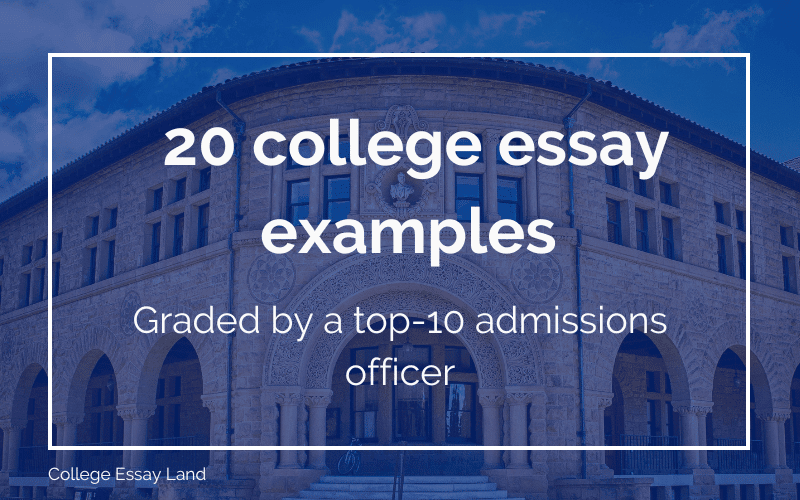Contents
Last updated March 21, 2024
Every piece we write is researched and vetted by a former admissions officer. Read about our mission to pull back the admissions curtain.
How to Get into Rice University
Admissions officer reviewed by
Ben Bousquet, M.Ed
Former Vanderbilt University
Written by
Alex McNeil, MA
Admissions Consultant
Key Takeaway
Rice University, located right in Houston, Texas, receives nearly 30,000 applications each year. Out of every hundred applicants, fewer than ten are admitted.
With an acceptance rate that approaches the Ivy League, getting into Rice is tough. But we’re here to help.
In this post, I’ll walk you through creating an application strategy that will increase your chances of getting into Rice. By the end of the guide, you’ll have a better idea of how to tell your story across your application in a way that will grab your Rice admissions officer’s attention.
Let’s get started.
How to Apply to Rice
You can find Rice on Common App or Coalition—the choice is yours. They’re also a QuestBridge partner, so you can apply that way, too. Regardless of where you apply, you’ll need to gather up all your materials, including:
- Application
- Rice supplement
- Official high school transcript
- School report
- Counselor recommendation
- Two teacher recommendations
- Optional test scores
If you want, you can also do an optional rice senior interview or alumni interview (the deadlines for these vary depending on your application plan, so be sure to check out Rice’s website for more details). Depending on the school you’re applying to, you may also have to submit some school-specific materials, so be on the lookout for those, too.
Rice Application Options
Rice offers two application plans: Early Decision and Regular Decision.
As you probably already know, Early Decision applications require you to sign an Early Decision Agreement that basically says, “I’ll for sure attend this school if you admit me.” There’s no backing out, unless you have a really good reason (like financial aid), so you should only ED to Rice if you’re willing to enter into that agreement.
If you are willing to bind yourself to Rice, you may just benefit from a nearly ten percent jump in acceptance rate. That’s right—as we’ve already discussed in our Rice Common Data Set post, Rice’s ED admit rate is an easy-breezy 18%.
There’s also a whole lot of strategy that goes along with choosing your Early Decision school, so read through our Early Decision strategy post for more guidance. If EDing to Rice isn’t in your best interest, then you won’t be penalized for submitting a Regular Decision application. In fact, that’s exactly what the vast majority of applicants do.
Rice Application Deadlines
Early Decision: November 1
Regular Decision: January 4
How hard is it to get into Rice?
Rice’s acceptance rate is about 9.5%, making it a “super reach” for virtually all applicants. It ranks alongside schools like Cornell, Tulane, and Tufts in terms of acceptance rates. In short: it’s really hard to get into Rice.
When acceptance rates dip below 10%, the unpredictable tides of college admissions kick in and make it impossible to tell which students have what a school is looking for in any given year. Rice gets so many applications from overly qualified applicants each year, and they can’t possibly admit them all. When you apply to Rice, you’re up against the best of the best.
What does Rice look for in applicants?
Rice uses what’s called a “committee-based evaluation” process to review applications. In essence, this process means that your application will be read by two committee members, one who reads the academic part of your file and another who reads the personal components.
These two committee members will comment on their respective parts and decide whether your application should move forward.
To impress both admissions officers, you can’t just have good academics or good personal characteristics. You guessed it: you need both.
We’ve written elsewhere about how, exactly, admissions officers go about rating your academic and personal factors, and that information still applies here.
We’ll start with academics. You need the academic chops if you want to move through Rice’s application process smoothly. Low GPAs, course rigor, class rank, and test scores are all bright red flags to admissions officers. Without an excellent academic baseline in place, your application is most likely destined for the waitlist or reject pile.
In those softer factors like extracurriculars, essays, and overall character, Rice wants to see 1) that you’ve committed yourself to something worthwhile and have experienced a good deal of success, and 2) that you can communicate why your activities matter. We’ll go more in-depth on what that means at the end of this post.
In short, Rice is looking for students who can do it all. Your academic performance should be just as good as your personal characteristics, and vice versa.
Rice GPA requirement
I just stated this, but it’s worth restating. Rice applicants are really, really good students. The ones who get in are even better.
While there may not literally be a GPA requirement, admissions officers will expect that your GPA is in line with the GPAs that successful Rice applicants tend to bring to the table. Spoiler alert: they’re high. Of all the enrolled first-year students who reported class rank, 97% were in the top quarter of their graduating classes, and 92% were in the top tenth.
Rice SAT Scores
At Rice, standardized test scores matter a lot in the application evaluation process—we already know that from the Rice Common Data Set. Still, Rice is currently test-optional. So how is that possible?
Because Rice’s admissions process is holistic, they don’t technically need your test scores to render an admissions decision. But because Rice values academic achievement so highly, standardized test scores are highly important in that they can demonstrate a high level of achievement.
Not submitting your scores won’t necessarily ding your application, but submitting good ones can definitely help it.
So what, then, counts as a “good score”? Here’s where we look to the middle 50%.
These are Rice’s middle 50% scores:
SAT Reading: 720-770
SAT Math: 770-800
ACT Composite: 34-35
Let’s take the ACT composite as an example. The middle 50% of Rice first-year students scored a 34-35, 25% scored at or below a 34, and 25% scored at or above a 35.
If you’re submitting your scores, you should at the very least be within these ranges. If you want to really stand out, you should be at the higher end or above them.
Does Rice superscore?
Yup—Rice is an institution that will give you a standardized test “superscore.” If you scored your best section scores on different test dates, don’t worry. Rice will combine them to make a superscore that represents all of your best efforts.
What high school coursework do I need to get into Rice?
Most schools give a recommendation for how you should spend your high school coursework. But at Rice, the following breakdown is a minimum requirement.
Let’s take a look.
4 years English
3 years math
2 years social studies
2 years lab science
2 years foreign language
3 more credits dispersed across your academic core classes
In addition to meeting these disciplinary quotas, you should also have another focus: course rigor. “Course rigor” refers to the level of coursework you’re taking. The more rigorous the course load, the better. Honors and accelerated courses can count as rigor, but they’re not what most universities, including Rice, really want to see. Rice wants to see that you’re taking AP, IB, or dual-enrollment courses—whatever your high school offers.
In an ideal world, all of your core classes would be rigorous. But admissions officers always look at your transcript in your school’s context, so don’t worry if that’s not possible. Do the best you can to sign up for as much rigor as you can manage.
What extracurriculars do I need to get into Rice?
Okay, back to those extracurriculars. If you want a good “personal” evaluation, you’re going to need good extracurriculars.
Here’s where it gets a little confusing. What a “good” extracurricular looks like will vary from student to student. I know you’ve come here looking for that one perfect extracurricular that will guarantee you a spot at Rice, but I’ve got some bad news for you. It doesn’t exist.
If there’s no right answer when it comes to your extracurriculars, then what do you do?
You do some reflection. Your activities should align with your overall application narrative, whether you’ve done a deep dive into one activity or you’ve taken a more eclectic approach. Your Rice admissions officer wants to see a cohesive story throughout your entire application, including your activities.
What’s even more important is how you write about your activities. Recall that students who get admitted to Rice usually have impressive accomplishments, sometimes including national or international recognition. If you have those, great! That makes your job a little easier. If not, don’t fret yet.
Whatever your level of achievement, write about your activities in a way that emphasizes meaning. Who did you impact? How and why? What do your activities show about your values or who you are as a person? In what ways have you been recognized? How much of your life have you committed to your activity?
Use numbers, make every word in your descriptions count, and if you write about them in any of your supplemental essays, make the connections to Rice clear.
Final Takeaways + Rice Supplemental Essays
Congratulations—you’re ready to apply to Rice! I know, I know. That’s much easier said than done. But by this point in the guide, you should feel ready to put together an effective application strategy.
Once you feel confident in your approach, then it’ll be time to start tackling the Rice supplemental essays. When you reach that point, we’ve got another post for you: our Rice Supplemental Essay Guide will walk you through every step. See you there.



